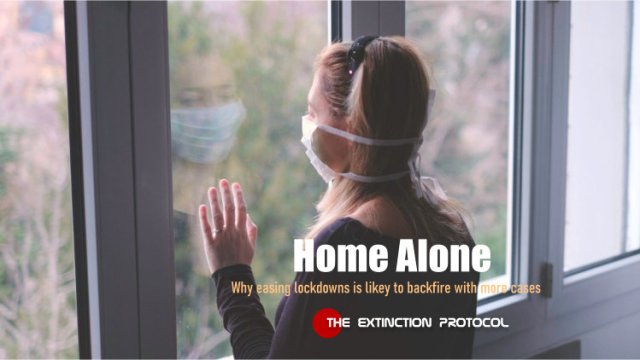Wave of fear as Germany faces having to bring back strict lock-downs, as COVID-19 cases surge just days after easing them

GERMANY faces the prospect of returning to a stricter lock-down after a surge in coronavirus infections and deaths. The country has slowly been easing its lock-down after faring much better than its European neighbors as a result of an aggressive policy of mass testing. But the country’s virus reproduction rate – known as “R” – which measures how many people the average person with COVID-19 infects has bounced back to just below one. That means one person with the virus infects one other on average and earlier this month, the rate was at 0.7. Germany saw the overall number of coronavirus cases grow by 1,018 on Monday and 1,144 on Tuesday.
There has also been a steady rise in the number of deaths from 117 on April 25 to 188 on April 28 and the country has already been planning for a second wave of killer coronavirus. Chancellor Angela Merkel has warned if they R rate increases even slightly above 1 then the country’s health service faces being overwhelmed. “If we get to a point where each patient is infecting 1.1 people, then by October we will be back at the limits of our health system in terms of intensive-care beds,” she said. “If we get to 1.2 . . . then we will hit the full capacity of our health system as early as July.” She has urged Germans to show endurance and discipline to get through the coronavirus pandemic that is “still at the beginning.”
Merkel is worried that Germans are relaxing their social distancing efforts after the federal and regional governments agreed to reopen some shops this week. “We are on thin ice, the thinnest ice even,” the Chancellor told the Bundestag lower house of parliament. “We are still far from out of the woods. We are not living in the final phase of the pandemic, but still at the beginning.” Lothar Wieler, president of the Robert Koch Institute for infectious diseases, also urged caution. “Let’s ensure we can continue to defend this success we have achieved together,” he told a regular briefing. “We don’t want the number of cases to rise again. Let’s, insofar as is possible, stay at home, let’s stick to the reduced contact.” –The Sun

A secular world that has never taken responsibility for its own actions will have to learn the painful lesson that everything in life requires a sacrifice. To go back to work early may result not only in more deaths, but it could also reign in a more austere national quarantine system if COVID-19 cases begin rising precipitously.
Singapore reopening also failed: Fears have resurfaced about the ability of coronavirus to surge again after lock-downs are eased, as Singapore confirmed a sharp rise in new infections. One of the worst-hit countries when the virus first spread from China in January, Singapore’s strict surveillance and quarantine regime helped slow the outbreak, but recent rises in locally transmitted cases have raised fresh concerns. Singapore reported 142 new infections on April 8, 2020. Forty of the new cases were linked to foreign worker dormitories. Tens of thousands of blue-collar foreign workers live in close quarters in the city state. Countries around the globe are grappling with the complex logistics of when and how to loosen lock-down restrictions to allow economies to recover while also avoiding a second major outbreak. –The Guardian
A second lock-down for the U.S. would be catastrophic. It could easily span to the end of the year, as the worst of the flu and the cold season in the U.S. generally hits between fall and winter. A second shutdown could also be even more draconian – requiring anything from martial law to food rationing.

Comments
Post a Comment